How to Make a Live-Edge Hairpin Coffee Table for Under $150

by
Anna @Annabode
(IC: blogger)
$150
1 Day
Medium
These days such tables are between $400-1200…not fun. When I discovered this, I said screw it–I’ll make my own, and I’ll show you how to do it too!
Follow the steps below, and you’ll have yourself a GORGEOUS mid-century modern hairpin coffee table, for less than $150:
First, find a good place to do your project that is ventilated and dry (outside please–don’t sand in your house!). Put on the mask or tie the bandana over your mouth, and put on the goggles.(Confession: I wore my glasses, and I survived. But put on some goggles as a precaution).
After the board is completely clean and dry, set up your area so that you can apply the sealer. If you’re working outside, be conscious of dust particles or other items that could settle into the finish.
Lie your board with the bottom side facing up (that way if you mess up, you get a second chance on the top). Get a small amount of sealer on your brush and start making long, light strokes on your slab. Make sure all your strokes are in the direction of the grain, and your final strokes are one long sweep from end to end. Keep the coat very thin, and don’t forget the edges. I immediately flipped my slab over, leant it against my house, and sealed the top. It didn’t make a mark, but if it did, who cares? No one’s going to see the bottom.
While you’re waiting for the table to dry, clean the hairpin legs with soap, water, and the steel wool. Wipe with a paper towel and lay them down on a piece of cardboard outside. Using the sponge provided, apply the sealing wax to all surfaces and then wipe clean.
Spray the hairpin legs with the clear enamel and let dry for at least 30 minutes. If you prefer their natural look, skip the spray paint and move on to the next step.
Using a 7/64 bit, drill a hole over each mark. Switch to a phillips bit, reposition the legs, and drill the screws in. Now turn the table right side up, and admire your handiwork :).
For more DIY projects, be sure to check out Annabode.com by clicking the link below!
Enjoyed the project?

Want more details about this and other DIY projects? Check out my blog post!
Published October 10th, 2014 11:55 AM
Comments
Join the conversation
2 of 25 comments
-
 Cathy Kurpil
on May 07, 2019
Cathy Kurpil
on May 07, 2019
Where would I buy hairpin legs?
-
-



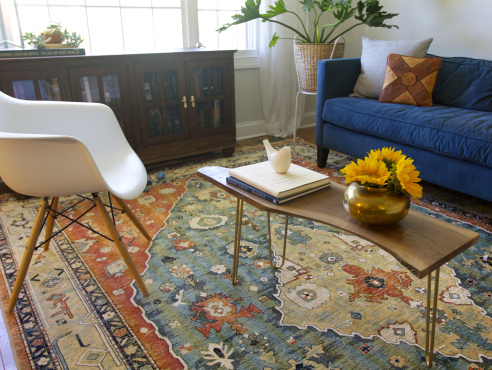









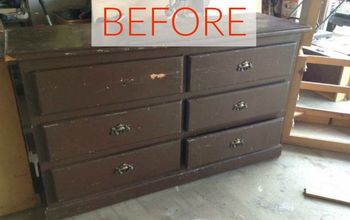





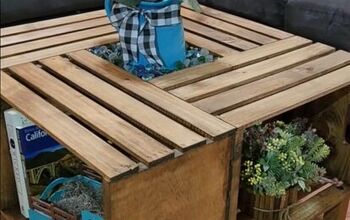
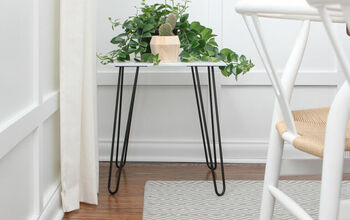
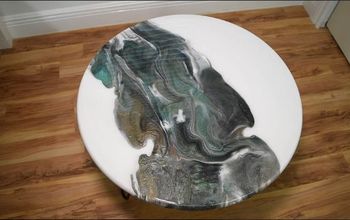
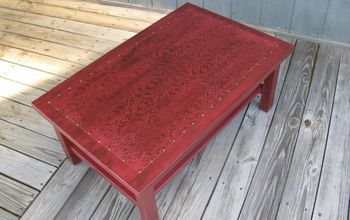

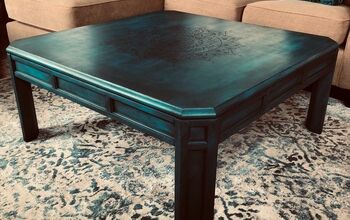
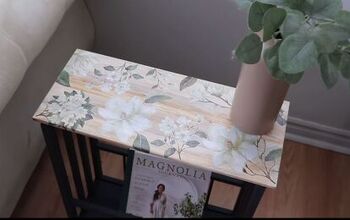
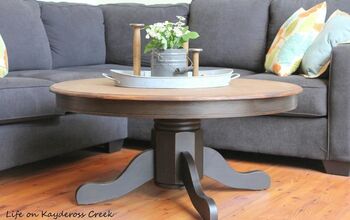




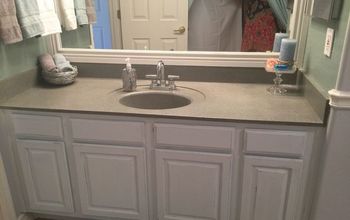


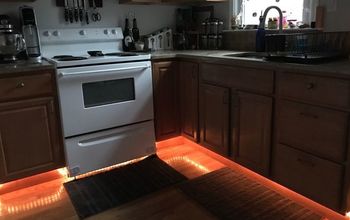
Frequently asked questions
Have a question about this project?